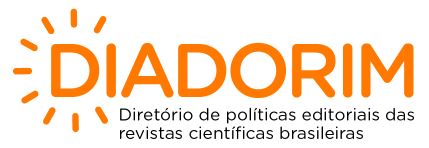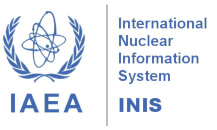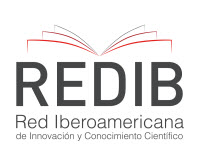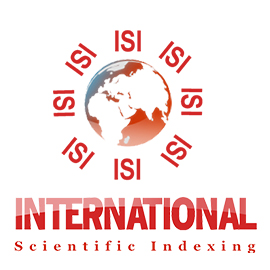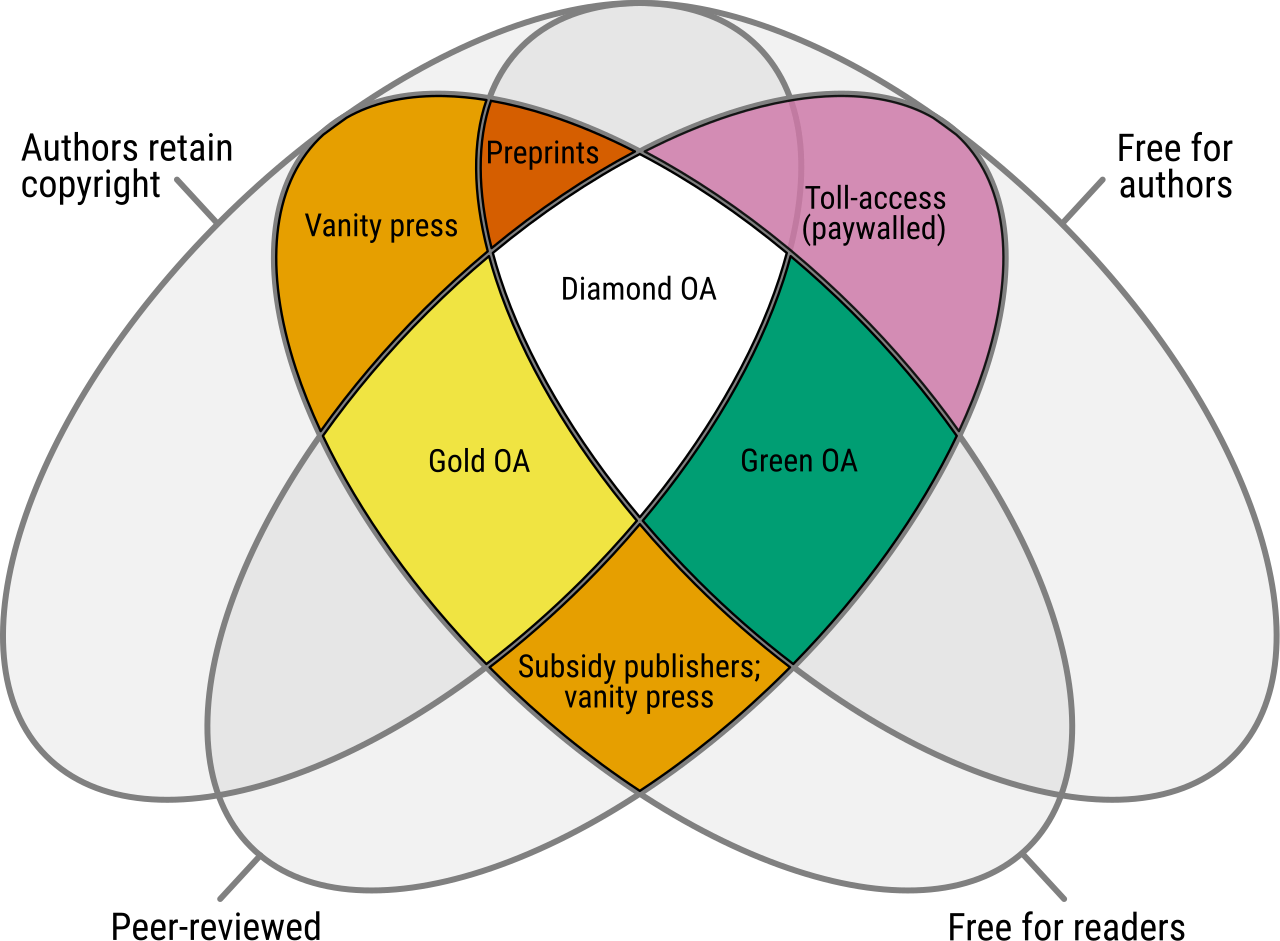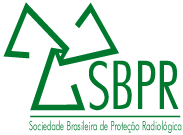Quality control of Cone Beam Computed Tomography (CBCT) equipment used in dental applications according to RDC 611
DOI:
https://doi.org/10.15392/2319-0612.2025.2854Palabras clave:
CBCT, CQ protocol, Radiology Service, Dental ApplicationsResumen
Cone Beam Computed Tomography (CBCT) is a powerful and a versatile tool that has revolutionized the way dentists plan and perform treatments. Several advantages are attributed to this modality, including: the equipment is compact, image acquisition is fast, it has high spatial resolution and produces detailed images. However, when compared to other imaging diagnostic methods used in dentistry, CBCT often administers higher doses, emphasizing the need for careful use and the application of radiation protection principles. For example, the effective dose of an intraoral radiograph is less than 1.5 µSv. The effective dose of a panoramic radiograph ranges between 2.7 and 24.3 µSv, while the effective dose of a CBCT scan ranges from 64 to 674 µSv. This study evaluated a CBCT device that underwent the tests recommended by current Brazilian regulations, assessed the doses generated by the device, and implemented a quality assurance program in a dental radiology service that uses this technology, to promote maximum efficiency, safety, and accuracy, optimizing the radiation doses administered and ensuring the quality of the images acquired. This is the first step in the development of a quality control (QC) protocol for the service under evaluation. It is part of the implementation of a certification program to be applied initially in the Galeão Air Force Hospital (HFAG) service, which will serve as a model for other radiology services of the Brazilian Air Force.
Descargas
Referencias
[1] GARIB, D. G. et al. Tomografia computadorizada de feixe cônico (cone beam): entendendo este novo método de diagnóstico por imagem com promissora aplicabilidade na ortodontia. Revista Dental Press de Ortodontia e Ortopedia Facial, SciELO Brasil, v. 12, p. 139–156, 2007. DOI: https://doi.org/10.1590/S1415-54192007000200018
[2] COHNEN, M. et al. Radiation dose in dental radiology. European Radiology, Springer, v. 12, n. 3, p. 634–637, 2002. DOI: https://doi.org/10.1007/s003300100928
[3] HORNER, K. et al. European guidelines on radiation protection in dental radiology: the safe use of radiographs in dental practice. European commission, directorate-general for energy and transport. radiation protection. Brussel, Belgium EU, 2004.
[4] HORNER, K. et al. Cone beam CT for dental and maxillofacial radiology (Evidence based guidelines). European Commission, Directorate-General for Energy X11, 2012.
[5] LUDLOW, J. B. et al. Dosimetry of 3 cone beam computed tomography devices for oral and maxillofacial radiology: Cb mercuray, newtom 3g and i-cat. Dentomaxillofacial radiology, British Institute of Radiology, v. 35, n. 4, p. 219–226, 2006 DOI: https://doi.org/10.1259/dmfr/14340323
[6] LISBOA, B. F.O. Programa de Garanta de Qualidade em Radiologia Odontológica. Aplicação em um serviço de Tomografia de Feixe Cônico. Dissertação (mestrado) – Instituto de Radioproteção e Dosimetria. Rio de Janeiro, 2024.
[7] ICRU, 2005. Patient dosimetry for X rays used in medical imaging. ICRU Report 74. Journal of the ICRU Vol 5 No 2 (2005). DOI: https://doi.org/10.1093/jicru_ndi016
[8] IAEA International Atomic Energy Agency. Dosimetry in diagnostic radiology: an international code of practice. Technical Reports Series no. 457, ISSN 0074–1914. Vienna, 2007.
[9] ANVISA. AGÊNCIA NACIONAL DE VIGILÂNCIA SANITÁRIA. Resolução da Diretoria Colegiada - RDC 611. Disponível em: <https://www.in.gov.br/en/web/dou/-/resolucao-rdc-n-611-de-9-de-marco-de-2022- 386107075>. Acesso em: 28/08/2024.
[10] COLÉGIO BRASILEIRO DE RADIOLOGIA (CBR). Programa de Acreditação em Diagnóstico por Imagem (PADI), Versão 4, de 01/01/2019. Disponível em: <https://padi.org.br/wp-content/uploads/2023/12/Norma-Padi-Versao-5.1.pdf>. Acesso em: 20/08/2024.
[11] THE JOINT COMMISSION SENTINEL EVENT ALERT 47. Radiation risks of diagnostic imaging and fluoroscopy, de 02/2019. Disponível em: <https://www.jointcommission.org/resources/patient-safety-topics.>. Acesso em: 28/08/2024
[12] ROCHA, R. A. Otimização da relação dose x qualidade de imagem para Tomografia Computadorizada Cone Beam em implantodontia. Dissertação (mestrado) – Instituto de Radioproteção e Dosimetria. Rio de Janeiro, 2013.
[13] NASCIMENTO, H.A.R.D. Dosimetria em Tomografia Computadorizada de feixe Cônico com diferentes protocolos. Tese de conclusão de curso - Universidade Estadual de Campinas. Piracicaba, 2016.
[14] AGÊNCIA INTERNACIONAL DE ENERGIA ATÔMICA. Protocolos de control de calidad para Radiodiagnóstico en América Latina y el Caribe - TEC- DOC 1958. Viena, 2021.
[15] GALA, H. de L. H. et al. Quality control in cone-beam computed tomography EFOMP-ESTRO-IAEA protocol (summary report). Physica Medica, Elsevier, v. 39, p. 67–72, 2017. DOI: https://doi.org/10.1016/j.ejmp.2017.05.069
[16] SOCIEDADE ESPANHOLA DE FÍSICA MÉDICA. Protocolo Español de Control de Calidad en Radiodiagnóstico. Revisão 2. Madrid, 2011.
[17] ANVISA. AGÊNCIA NACIONAL DE VIGILÂNCIA SANITÁRIA. Instrução Normativa IN nº 94, de 27 de maio de 2021. Disponível em: <https://www.in.gov.br/en/web/dou/-/instrucao-normativa-in-n-94-de-27-de-maio- de-2021-*-413249375>. Acesso em: 30/08/2024.
[18] INTERNATIONAL ELECTROTECHNICAL COMMISSION Evaluation and routine testing in medical imaging departments–Part 3-1: Acceptance tests Imaging performance of X-ray equipment. IEC 61223-3-1. 1993.
[19] BATISTA, W. O. G. Dosimetria e controle de qualidade em procedimentos radiológicos destinados a implantes odontológicos. Tese (Doutorado) - Universidade Federal de Sergipe. São Cristóvão, 2012.
[20] OLIVEIRA, M. V. L. de. Avaliação dosimétrica de exames de tomografia computadorizada de feixe cônico em imagens da articulação temporomandibular. Dissertação (mestrado) - Universidade Federal da Bahia - Instituto de Ciências da Saúde. Salvador, 2013.
Descargas
Publicado
Número
Sección
Licencia
Derechos de autor 2025 Rachel Albuquerque Rocha, Bruno Fabrício de Oliveira Lisboa, Dr. Luiz Antônio Ribeiro da Rosa, Dra. Lucía Viviana Canevaro

Esta obra está bajo una licencia internacional Creative Commons Atribución 4.0.
Licencia: los artículos de BJRS tienen una licencia internacional Creative Commons Attribution 4.0, que permite el uso, el intercambio, la adaptación, la distribución y la reproducción en cualquier medio o formato, siempre que se otorgue el crédito correspondiente al autor o autores originales y a la fuente, proporcione un enlace a la licencia Creative Commons e indique si se realizaron cambios. Las imágenes u otros materiales de terceros en el artículo están incluidos en la licencia Creative Commons del artículo, a menos que se indique lo contrario en una línea de crédito al material. Si el material no está incluido en la licencia Creative Commons del artículo y su uso previsto no está permitido por la regulación legal o excede el uso permitido, el autor deberá obtener el permiso directamente del titular de los derechos de autor. Para ver una copia de esta licencia, visite http://creativecommons.org/licenses/by/4.0/




